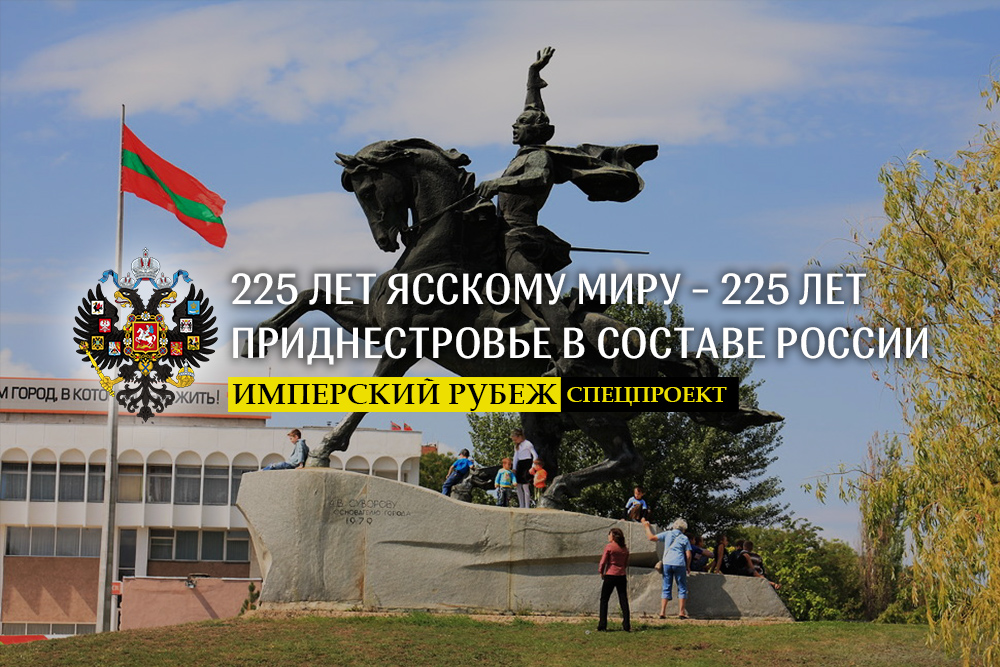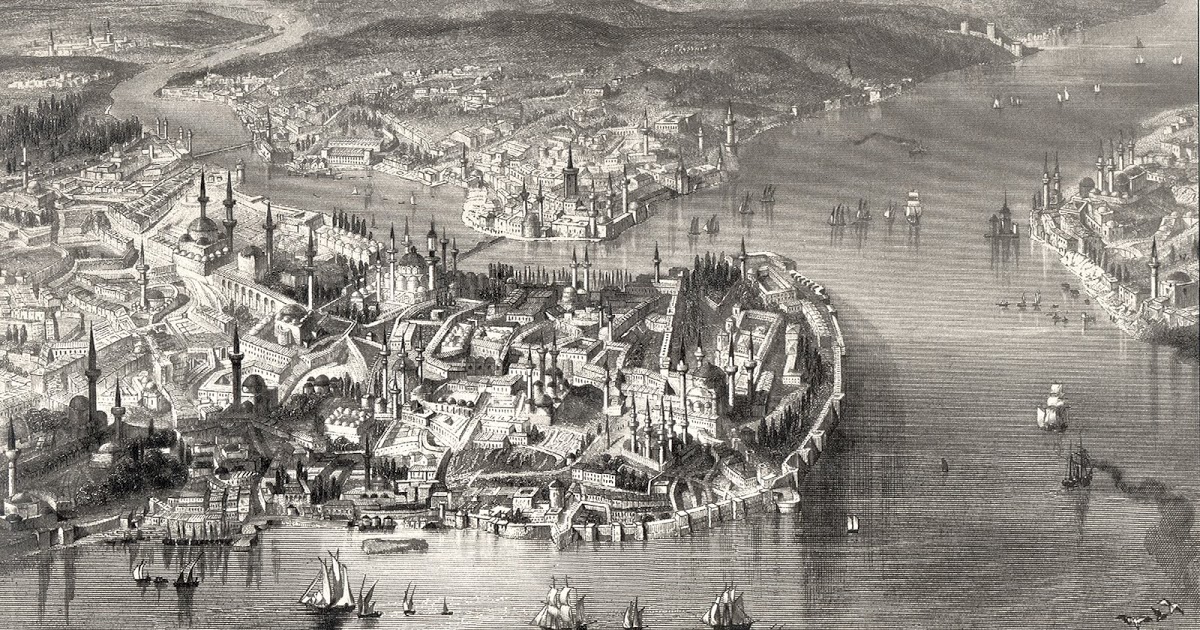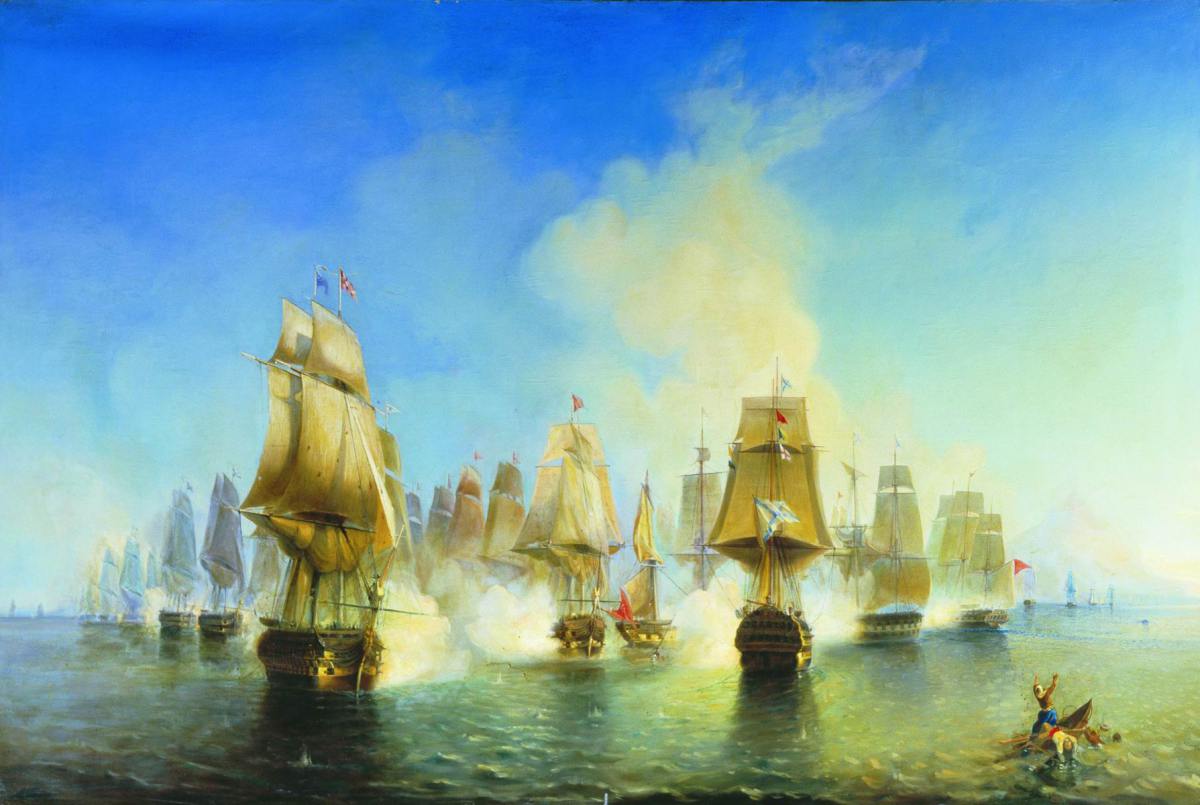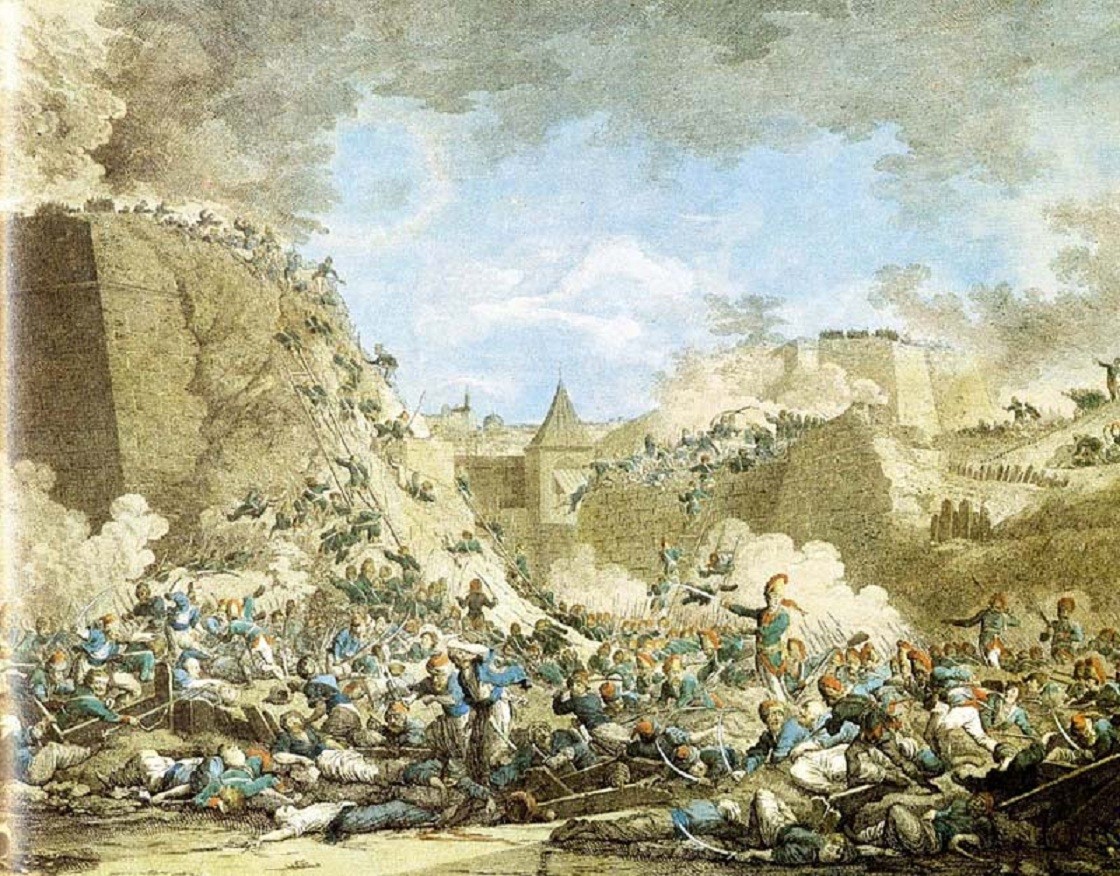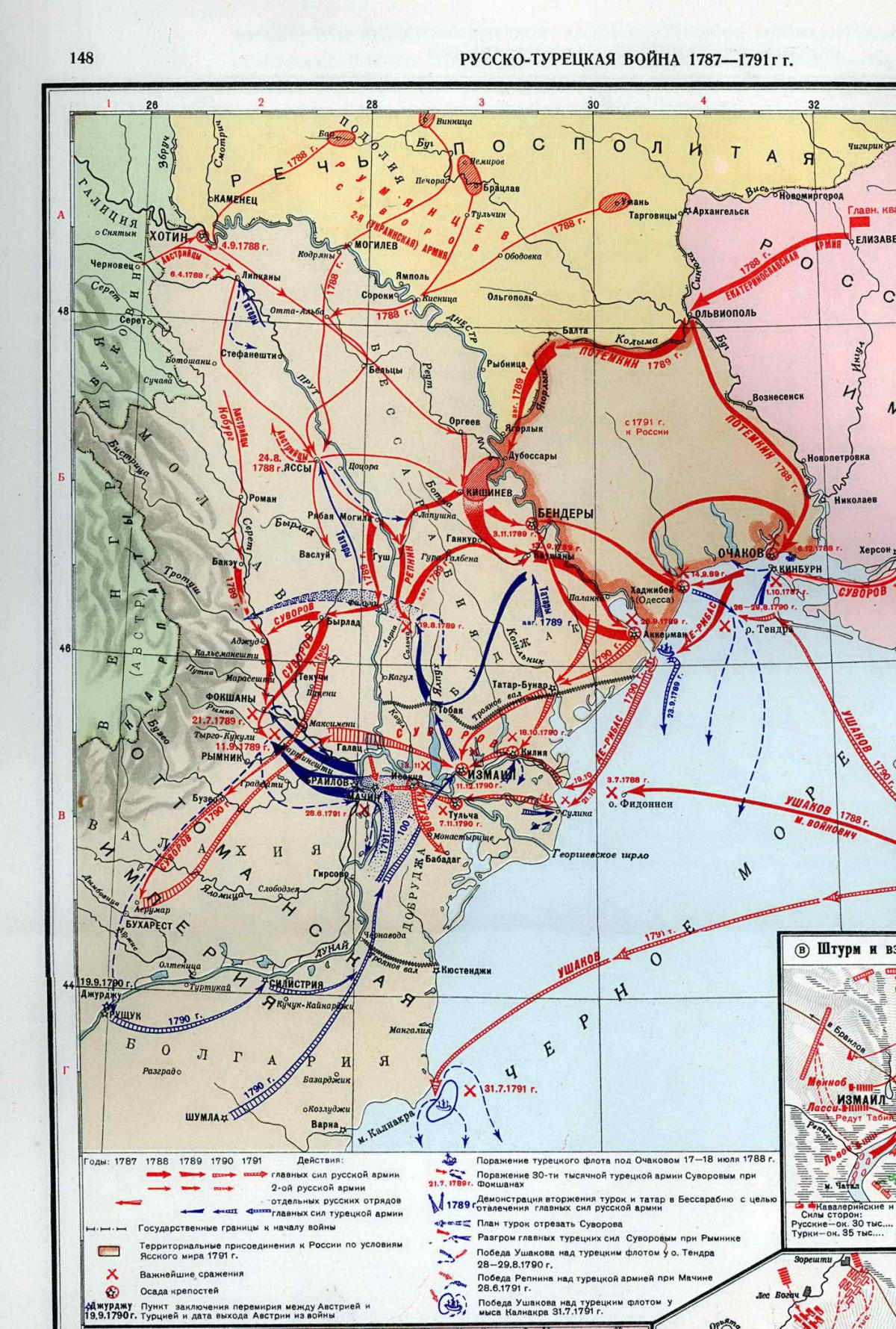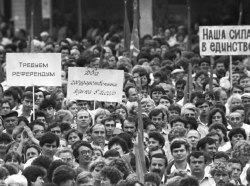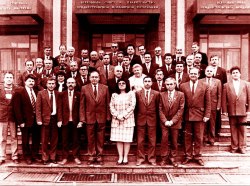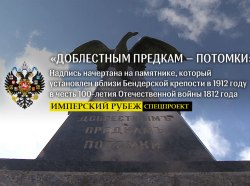Pridnestrovie became Russian 225 years ago. Before that, although it was part of the Ottoman Empire, it was a sparsely populated territory. No wonder it was called the "Wild Field". Today it is considered that our region has a favorable geographical position in terms of trade. Until it became part of the Russian Empire, there were no longer merchants walking around, but troops of nomads and armies who constantly fought with each other. It was Russia that began to actively inhabit these lands. It all began with the signing of the Yassy peace treaty on December 29, 1791 (January 9, 1792 according to the current timing), which ended the Russian-Turkish war of 1787-1791. According to its terms, the territories between Yuznuj Bug River and Dniester river were transferred to Russia, that is, a large part of the present-day Pridnestrovian Moldavian Republic.
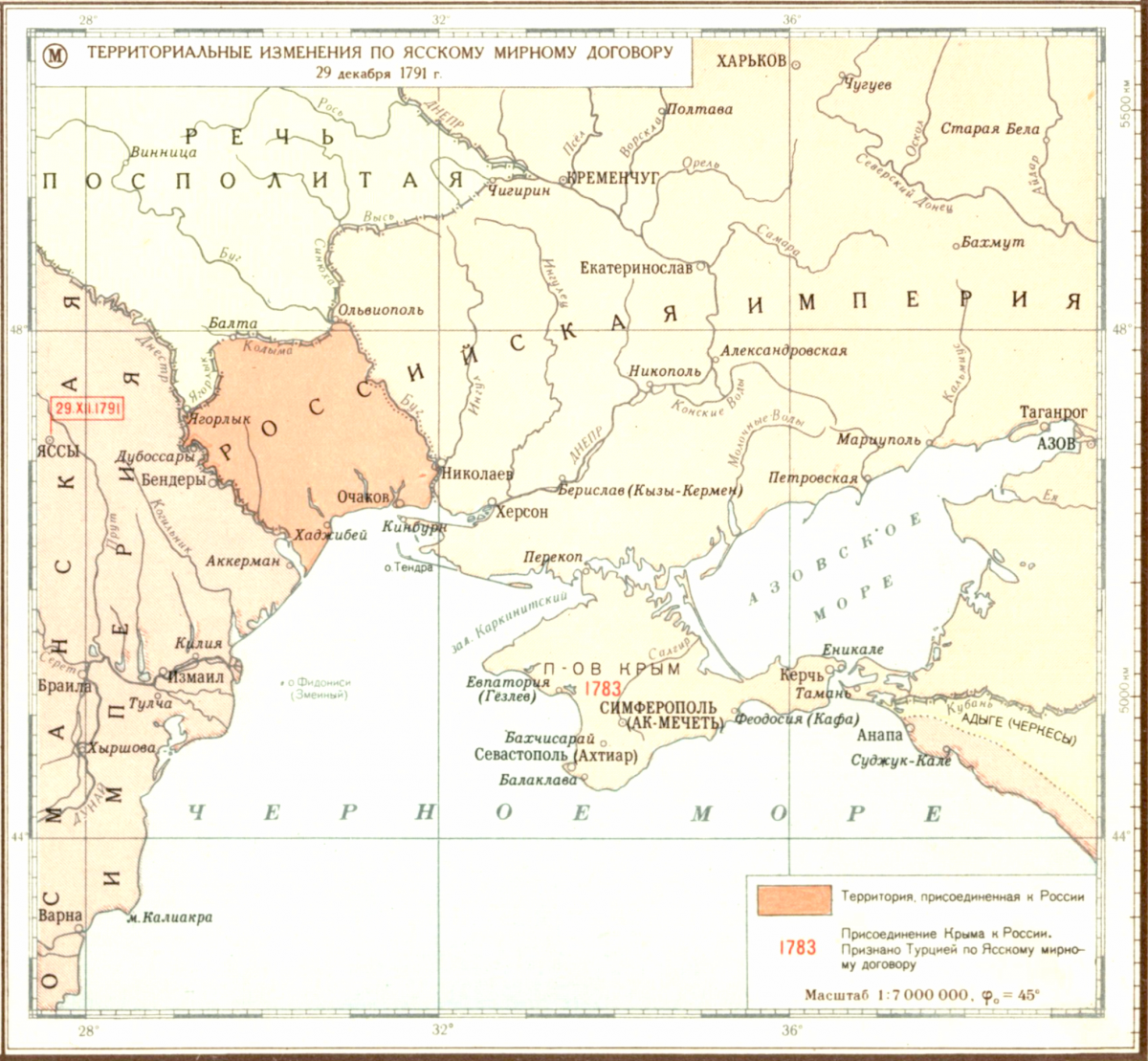
After the previous Russian-Turkish war of 1768-1774, it was clear to everyone that the new clash between St. Petersburg and Istanbul was just around the corner. In particular, under the terms of the Kyuchuk-Kainarji peace, the Crimean Khanate gained independence from Turkey. Although, the last Khan from the Girey dynasty, Shahin Girey, subsequently transferred the Crimea entirely to Russia. Naturally, this could not but infuriate the Turks, who were constantly egged on a rematch from London and Paris.
On August 5, 1787, Grand Vizier Koca Yusuf-Pasha summoned the Russian ambassador, Jacob Bulgakov, and presented him with an ultimatum demanding Russia return the Crimea, refuse Georgia patronage, and annul all contracts that were unfavorable for Turkey. The ultimatum had not yet reached St. Petersburg, as Sultan Abdul Hamid I declared war on Russia. And not just a war, but a sacred one — jihad. Against Russia, on instructions from Istanbul (the Turkish sultans considered themselves patrons of all Muslims) were to rebel with the jihad Crimea, Kuban, and the Caucasus. Abdul Hamid I`s appeal was even sent to Bukhara, but the local emir decided not to get involved with Russia and limited himself to moral support.
Ambassador Yakov Ivanovich Bulgakov, together with other Russian diplomats, declared war on him and was imprisoned in the Seven Turf Castle, the main prison of the Ottoman Empire. The ambassador stayed there for 812 days with his colleagues. They were transported to their homeland only when Abdul Hamid I replaced Sultan Selim III on the throne. It is noteworthy, but being in the Sultan captivity, Yakov Bulgakov managed to get and send to St. Petersburg plans for the conduct of war by the Turks.
In the Russian capital, they learned about the declaration of war only at the end of August. The Empress Catherine II’s Manifesto followed, which said: “The Ottoman Port, having endorsed eternal peace with Russia with solemn treaties in the face of light, faithlessly violated all the sanctities of onago again... and the courage of our troops that will follow the traces of their recent victories, of which the light keeps the memory, and the enemy wears fresh wounds”.
By this time, there were active hostilities. Turks intervention was awaited - the political situation obliged to that. It was decided to form two armies: Yekaterinoslav army under the command of Prince Grigory Potemkin and Ukrainian one, which was assigned to General Field Marshal Peter Rumyantsev, the native from Stroentsy, a former Podolsk province, and now Rybnitsa district of the PMR.
The Ekaterinoslav army, which was the main force, was supposed to have 75-80 thousand men with 300 guns. The task of the Ukrainian army of 35-40 thousand people with 96 guns was to interact with the allied Austrian troops and to defend the lands acquired in Kyuchuk-Kaynardzhi peace. For the defense of the Crimea and actions in the Kuban, a mobile Crimean-Kuban corps of 20-25 thousand people had been formed. While these contingents were being formed, the general-in-chief Suvorov was instructed to organize the defense of the Crimea, the fortress of Kinburn and the approaches to Kherson. The navy of Russia on the Black Sea was represented by five battleships, nineteen frigates, one bombing ship and several dozen small ships. Those forces were divided into the Sevastopol fleet and Liman flotilla (was supposed to operate in the Ochakov waters - the Dnieper-Bug estuary).
The Turks tried to set the pace first. On October 1, after several demonstrations of the fleet and several unsuccessful attempts of troops landing (the first one was defeated by Suvorov on August 21, even before they learned about the beginning of the war in St. Petersburg) on the Kinburn Spit, on October 1, they landed the troop of 5.5 thousand people to capture the Russian fortress stationed there. Uninvited visitors were once again given a “warm” welcome. Landing of five and a half thousand people was destroyed almost completely. Suvorov himself received several wounds and almost died when a horse was killed under him. The Turk who was in the vicinity, was ready to hit him with a blade, but the soldier of one of the musketry regiments Stepan Novikov saved him, and fought the enemy with a bayonet.
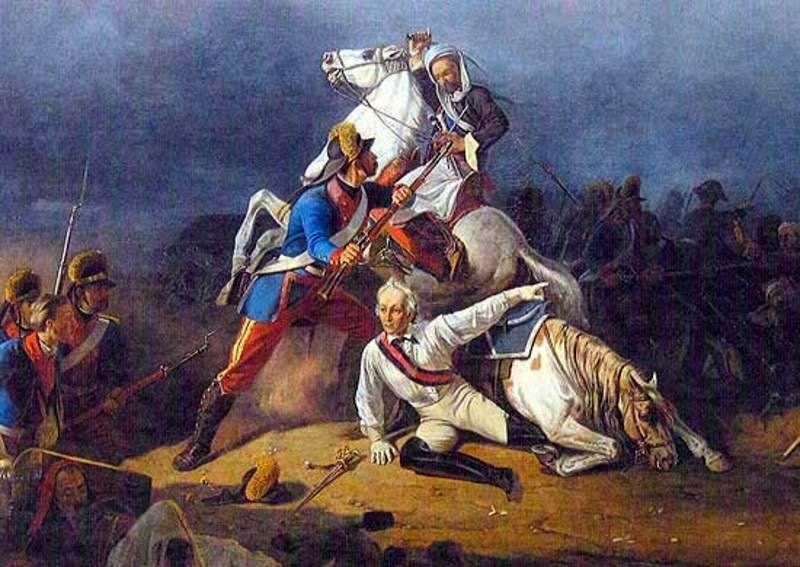
K.I. Köppen “Salvation of General-in-Chief A.V. Suvorov by the Grenadier Stepan Novikov in the Battle of Kinburn on October 1, 1787"
It is curious that when inspecting the bodies of murdered Turks, two disguised Frenchmen were discovered. When this news were brought to the notice of the Empress, Catherine ordered that if such a case repeated and some French people were taken alive, they had to be sent to Siberia to rest in order to discourage them from going to teach and instruct the Turks. It was the first major victory of Suvorov and the Russian army in that war, except for a repelling of several smaller attempts to land troops on Kinburn.
While the aforementioned events were taking place, Prince Potemkin, having completed the formation of the Yekaterinoslav Army, was in no hurry to go over to decisive hostilities. Neither in the autumn of 1787, nor in the winter of 1787–1788, he decided to proceed with the siege of Ochakov, which allowed the Turks to bring the Ochakov garrison to 20 thousand people and strengthen the defense of the fortress with field fortifications. The number of guns located on the shafts and the relay, reached 330 trunks. The fortress was surrounded by a deep moat with a depth of 7 meters. The pantries and powder cellars of Ochakov were greatly expanded, and they collected resources to supply the garrison with everything necessary for a long siege. At the head of the garrison was the three-armed Hussein Pasha.
After a long "Ochakov's seating" and several clashes that had developed into fierce battles, Ochakov was taken by Suvorov on December 6, 1788.
But, given that Yassky peace was concluded January 9, 1792, if we take into account the Gregorian calendar that we are using now, the coming year will be anniversary for Pridnestrovie in terms of joining most of it to Russia. Therefore, there will be a whole series of materials on our website, telling both about the battles of that war, and about Russian commanders and naval commanders who forged them on land and at sea. Meanwhile, the war was being fought in several theaters at once. Even in relatively distant from the Black Sea Greek waters. Along the way, thanks to the efforts of British diplomacy, in the north, Sweden declared war on Russia. In the Russian-Turkish war of 1787-1791, and in the Russian-Swedish war of 1788-1790, Russia emerged victorious.
By the way, quite recently we gave a detailed account of one key battle of the Russian-Turkish war of 1787-1791 - the storming of the fortress Ishmael. Its fall, perhaps, was the very "limit" to which Istanbul agreed in the war with Petersburg. At the court of Sultan Selim III, a feverish search began for those guilty of the "Izmail catastrophe". The Grand Vizier Sharif Gassan-Pasha was elected to the "scapegoats". There were resignations in the spirit of the customs prevailing at the court of the Ottomans - the head of the great vizier was exposed in front of the sultan's palace. - Russia was not able to achieve maximum results - independence from Moldova and Wallachia under the Russian protectorate, as well as the creation of the Greek Empire - because of the activity of Western diplomacy. They tried to push pressure on Russia from the outside even after the signing of the Yassy peace.
Britain, which stood behind the curtains of most of Ottoman Empire wars, said it did not intend to accept Yassy peace conditions. Moreover, the British fleet was ready to raise the sails and move to the Baltic to the very walls of the Winter Palace. At the same time, London wanted to persuade a new war with Russia and Sweden, in addition.
Russia had to include the levers of its diplomacy, including secret ones. The official and "unofficial" representatives of St. Petersburg in London managed to quietly convince the British business circles, and then the local opposition in the person of the Whig leader Charles Fox, to the detriment of Britain for the English-Russian war. Then the newspapermen, generously paid by both the first and the second, formed a pacifist spirit in the society in a short time. The Government of William Pitt (Jr.) had to retreat. The British ships remained in their harbors, and Sweden for a short time forgot about revenge. Turkey, which was left without allies, also became subdued for the time being. The next Russian-Turkish war will begin in 1806 and end just before the start of the invasion of Napoleon’s “Great Army” into Russia. Then Bendery will finally go to Russia. In the Russian-Turkish war of 1787-1791, the fortress was not stormed by Russian troops. The Turks themselves surrendered it to the troops under the command of Potemkin. During the siege of Bendery, accompanied by battles at the fortress walls, Mikhail Kutuzov will distinguish himself. His opponent in the Patriotic War of 1812, the future emperor of France in the Russian-Turkish war of 1787–1790, while still a lieutenant, had almost taken part on the side of Russia. But that's a story for another day ...
Anton Egorov

